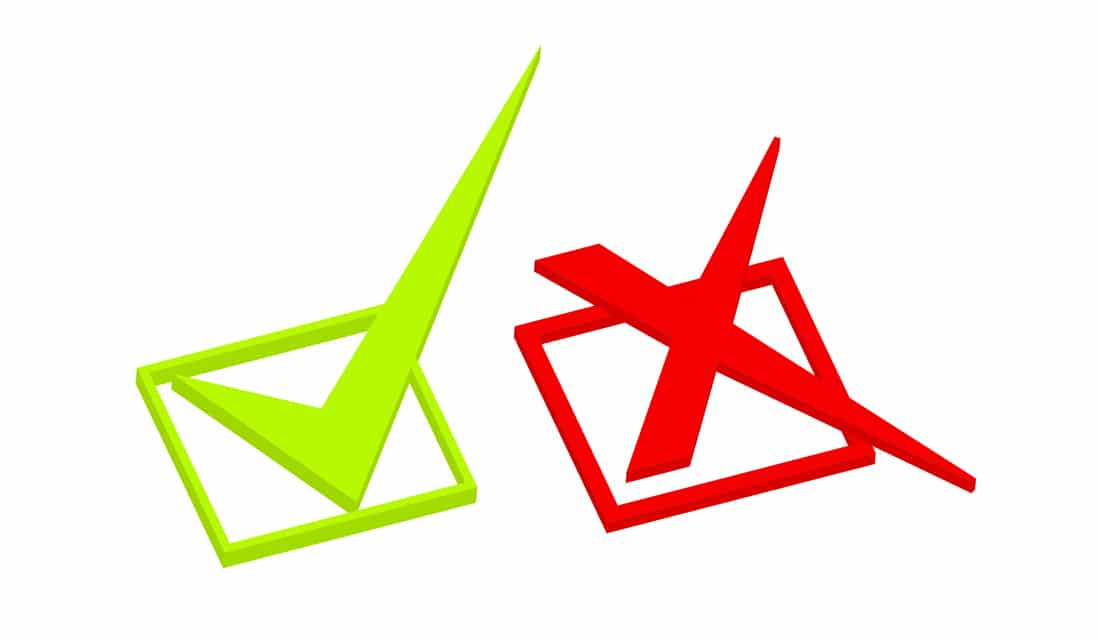
Chapter 7 bankruptcy and Chapter 13 bankruptcy can both be powerful solutions for people who are overwhelmed by debt in Los Angeles. They are also very different solutions that benefit different people in different circumstances.
The best way to find out which type of bankruptcy might be best for you is to talk to an experienced Los Angeles bankruptcy lawyer. The information below will give you a general overview of the factors to be considered.
Chapter 7 or Chapter 13: The Factors
1. How much income do you have?
Income plays a role in eligibility for each type of bankruptcy. Generally, anyone whose income is below the state median for their family can file for Chapter 7 bankruptcy, assuming they meet other criteria. In some cases, an individual or couple with above-median income can still qualify for Chapter 7. But you must pass the “means test,” which is designed to make sure you really need to file bankruptcy.
There’s no income limit for Chapter 13, but you must have a regular source of funds that will allow you to make Chapter 13 plan payments. If you can’t show that you can afford to make monthly payments, you won’t be able to get a Chapter 13 plan confirmed.
2. Is the debt you’re looking to resolve mostly secured or unsecured?
Chapter 7 bankruptcy allows for the elimination of most unsecured debt–debt like credit card balances, payday loans and other unsecured personal loans, medical bills, and more. But Chapter 7 offers limited help for people who need to manage secured debt like mortgage loans.
A Chapter 13 repayment plan can take the pressure off with delinquent secured debt, allowing the debtor to pay off the past-due balance over time without the threat of repossession or foreclosure. Some unsecured debt may be discharged at the end of a Chapter 13 case, depending on the debtor’s income, the amount of debt, and whether the repayment plan is successfully completed.
3. Do you have assets to protect?
California bankruptcy exemptions protect certain property. For example, a certain amount of equity in your home and equity in your car are protected from creditors in bankruptcy. Other property, such as clothing and household goods and most retirement accounts, are also protected. But there are limits. If you have assets such as a vacation home or rental property, a boat, or even vehicles that exceed the exemption amount, the bankruptcy trustee can sell those assets to pay creditors in Chapter 7.
In Chapter 13 bankruptcy, the bankruptcy filer can keep non-exempt assets. However, the total amount paid through the plan must be at least equal to the value of the non-exempt assets the debtor kept.
4. What types of unsecured debts are you hoping to discharge?
For the most part, the unsecured debt that can be discharged in Chapter 7 and the unsecured debt that can be discharged at the end of a successful Chapter 13 repayment plan are the same. However, there are a few types of debt that can be discharged through a Chapter 13 case that cannot be discharged in Chapter 7. It’s a very specific list that won’t apply to most people, but could be a key consideration if you have debt on the list. These types include:
-
Debt incurred to pay non-dischargeable tax debt
-
Debt under a marital property settlement or court ordered property division
-
Debt due to intentional damage to property
If you’re considering Chapter 7 and an attorney tells you that some of your debt isn’t dischargeable, be sure to ask whether it could be discharged in Chapter 13.
5. What are your short-term credit needs?
Both Chapter 7 and Chapter 13 bankruptcy allow a debtor who manages their finances well to rebuild credit fairly quickly. But there are a few differences. For example, Chapter 7 bankruptcy can stay on your credit report for 10 years, whereas Chapter 13 drops off after seven years.
A Chapter 7 filer who rebuilds credit may be eligible for VA or other government-backed mortgages two years after discharge, and for conventional mortgage loans after four. That works for most people, since it takes time to rebuild credit and save up for a down payment anyway. The timeline for a Chapter 13 filer may be shorter, though. With court approval, it may be possible to secure a mortgage while still in a Chapter 13 plan.
Talk to a Los Angeles Bankruptcy Attorney Today
If you’re considering either Chapter 7 or Chapter 13 bankruptcy, the best first step is to get reliable information and advice from an experienced Los Angeles bankruptcy attorney. At Borowitz & Clark, we have helped tens of thousands of Californians navigate the bankruptcy process. To learn more about how we can help you, call 877-439-9717 right now.
